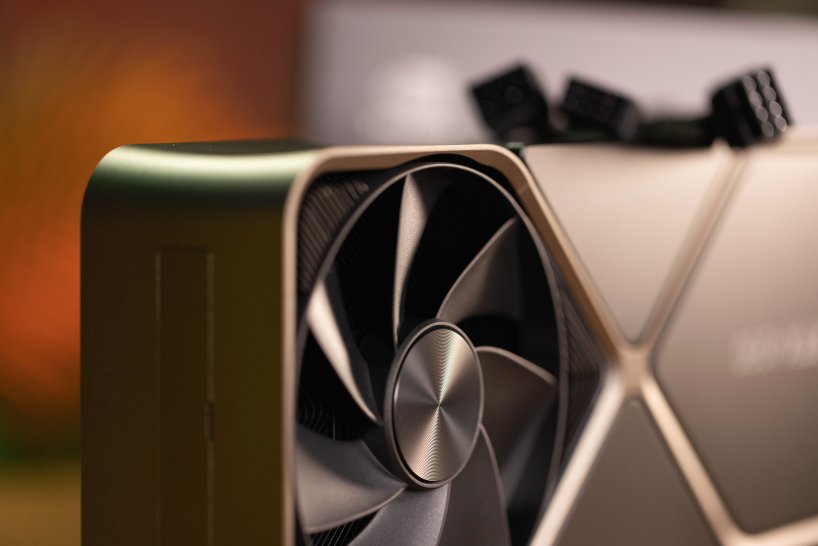Graphics cards: Does Nvidia need to rethink its pricing policy?


The price trend for graphics cards has known only one direction for several years. With the release of the RTX 4000 graphics cards, hardware manufacturer Nvidia has upped the ante in terms of price. With the release of AMD’s RDNA 3 GPUs, the question now arises: has Nvidia set the prices too high?
Since the chip shortage in 2020 and 2021 at the latest, the prices for graphics cards have risen sharply. Driven by the corona pandemic, the mining of various cryptocurrencies and finally the emergence of an increasing number of scalpers, we have now reached prices for high-end graphics cards that would previously have been spent on entire PC systems. The latest graphics card generation from Nvidia has now reached higher price ranges again. But with the competition in the form of AMD, the question arises as to whether these prices are still justified.
Nvidia vs AMD: Which Offers Better Value?
For our GPU experts, when asked by the PCGH community, the matter is clear: Nvidia does not necessarily have to reconsider its in-house prices. In recent years, scalping prices in particular have shown that users are willing to pay such high prices. In addition, Nvidia lives from the brand name and the positive image that the company enjoys in the gaming community. However, this could change in the future as soon as word has spread that AMD is a valid alternative. Of course, Nvidia can’t just do what they want either, because the latest sales figures suggest that the Geforce RTX 4080 exceeds the asking price of most players. Nvidia has to fill this hole in the offer with future, significantly cheaper Geforce models in 2023.
Incidentally, PCGH assumes that the Radeon RX 7900 XT and Radeon RX 7900 XTX will be ahead of the Geforce RTX 4080 in classic rasterization tasks. However, it will very likely look different with ray tracing applications. However, AMD is also anything but bad here: The new high-end GPU is said to be 1.8 times faster than its predecessor in ray tracing applications. Ultimately, users would have to decide what exactly they need.
Reference-www.pcgameshardware.de